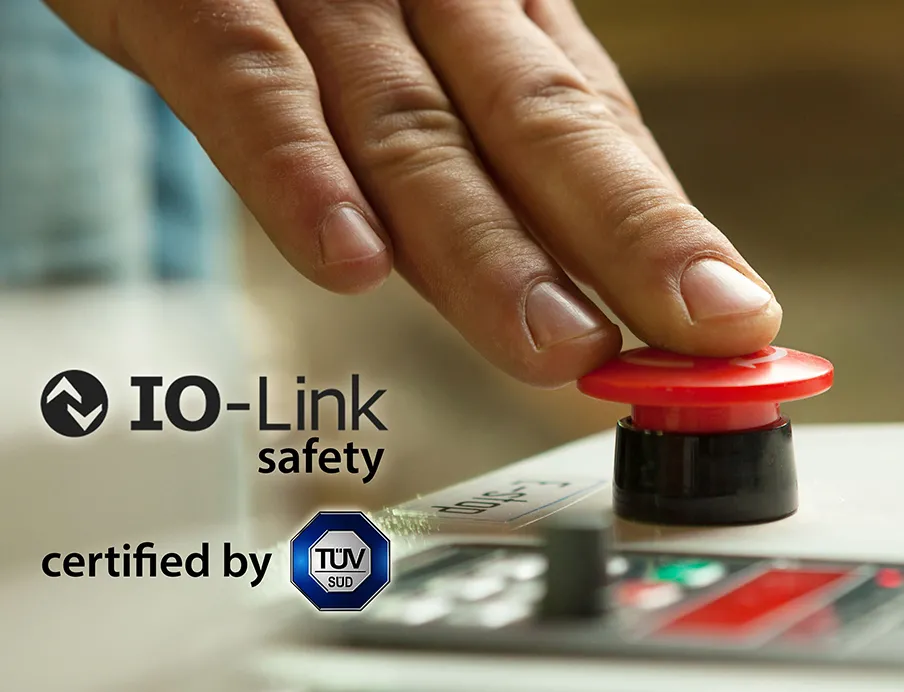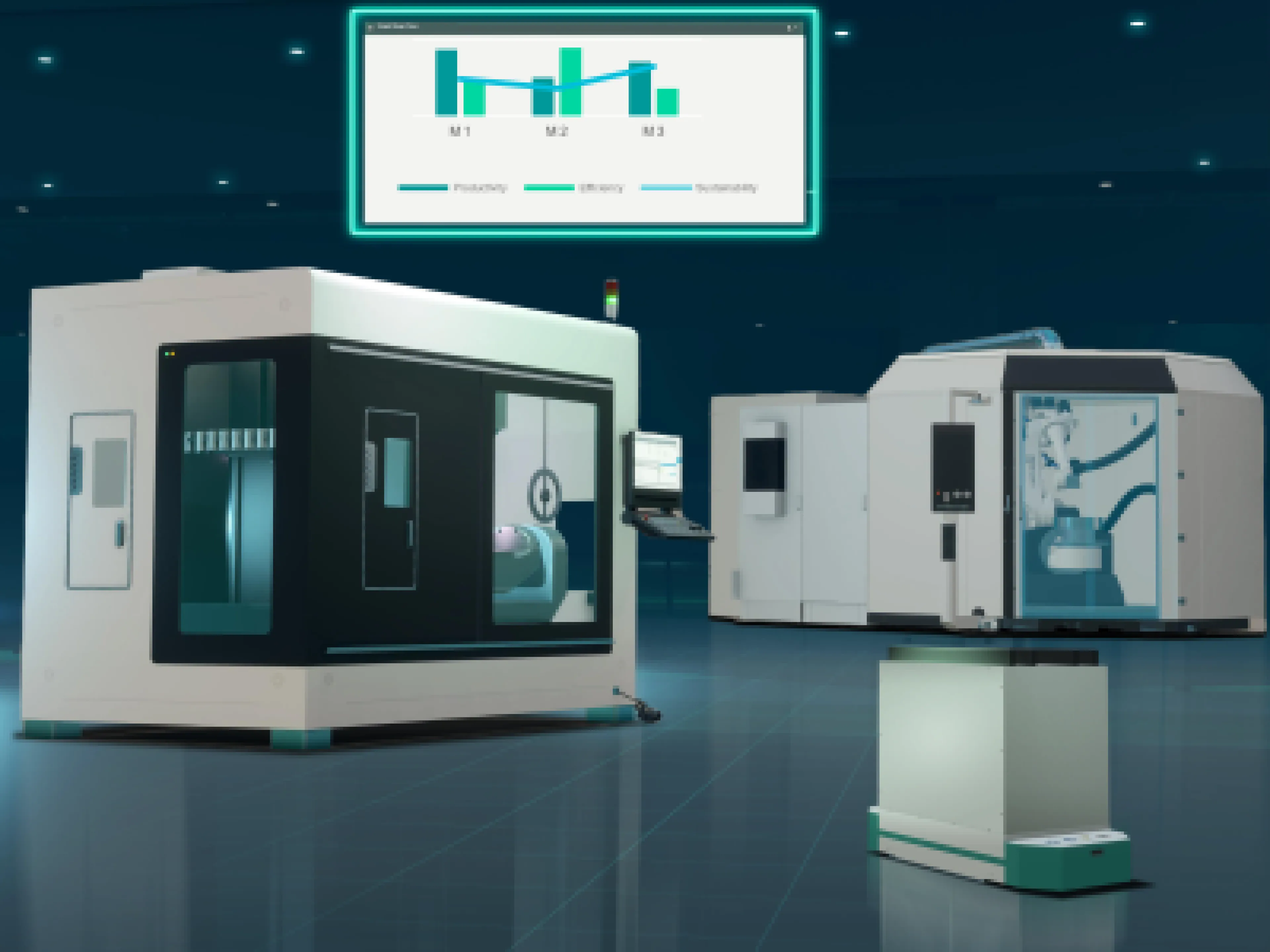
The IO-Link community has reached an important milestone in the further development of safety-enhanced IO-Link technology: Tüv Süd has officially certified the IO-Link Safety Specification V1.1.4. This lays the foundation for the industrial series production of this open safety standard.
Certification of IO-Link Safety paves the way for product launch
The development phase has been completed with the independent testing by Tüv Süd. As the first officially designated test center for the IO-Link safety standard, the company has already started testing masters and devices. The first certified products will be available soon.
From concept to product maturity
The IO-Link safety extension enables seamless integration into existing automation and safety structures in line with the original IO-Link concept. The specification received positive reviews from Tüv Süd and the DGUV Institute for Occupational Safety and Health (IFA) during the planning phase. Based on proof-of-concept results, it was developed to market maturity together with the associated test specification. The early involvement of testing organizations helped to clarify potential safety and integration issues before the final specification was finalized. This shortened development times and enabled faster product approval.
Third-party testing for IO-Link Safety products
Unlike standard IO-Link, the IO-Link safety protocol requires external certification. Manufacturers must have their products tested at a recognized test center. This step is intended to ensure the highest quality and safety standards.
Strong market for functionally safe IO-Link communication
With over 20,000 compatible IO-Link products worldwide and more than 500 manufacturers, there is a dynamic ecosystem. The open architecture enables easy integration into PLC, DCS, and IoT systems. Manufacturers benefit from having to support only a single, easy-to-implement communication standard.
Prospects for IO-Link Safety in industry
Since safety-oriented IO-Link solutions can be used in all automation systems without modification, the community expects rapid market penetration. Especially in functional safety, where development costs are high, the standard offers clear advantages in terms of implementation and cost-effectiveness.









